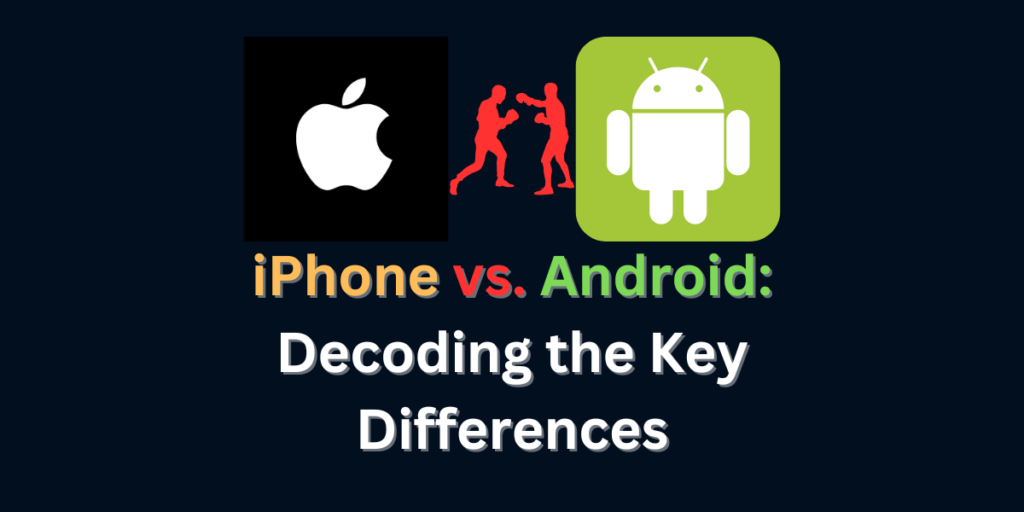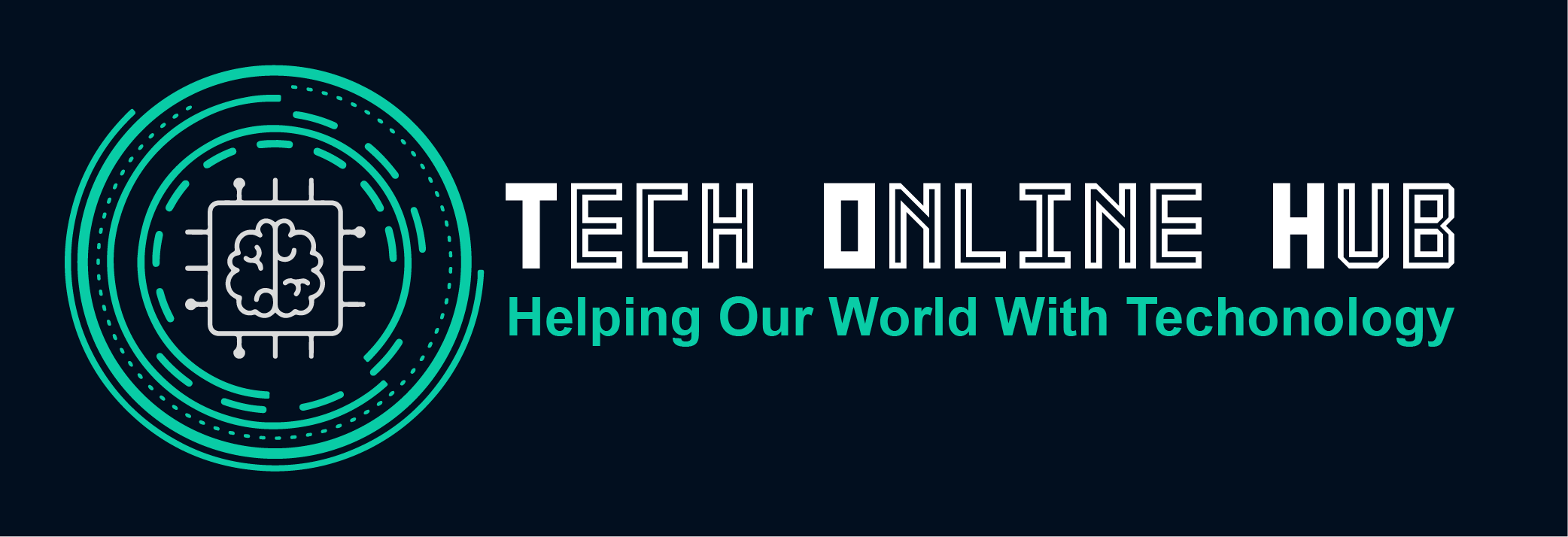iPhone vs. Android
In the age of smartphones, the battle between iPhone and Android users continues to rage on. Both platforms have their ardent supporters, each touting the superiority of their chosen device. But what are the real differences between these two giants of the mobile world? Let’s dive in and explore the pros and cons of each, along with what factors to consider when choosing between them.
Pros and Cons:
iPhone:
Pros:
- Ecosystem Integration: iPhones seamlessly integrate with other Apple products, such as MacBooks, iPads, and Apple Watches, providing a cohesive user experience.
- Optimized Hardware and Software: Apple controls both the hardware and software of iPhones, leading to optimized performance and efficient updates.
- App Quality: The Apple App Store is renowned for its strict guidelines, resulting in high-quality, curated apps.
Cons:
- Limited Customization: Compared to Android, iPhones offer limited customization options for the home screen, settings, and overall user interface.
- Higher Price: iPhones tend to be more expensive upfront, especially for the latest models.
- Closed Ecosystem: Apple’s ecosystem can feel restrictive for users who prefer more freedom and flexibility.
Android:
Pros:
- Customization: Android devices offer extensive customization options, allowing users to personalize their devices to suit their preferences.
- Diverse Hardware: Android is not limited to a single manufacturer, offering a wide range of devices with varying features and price points.
- Open Ecosystem: Android allows for greater freedom in installing third-party apps and customizing system settings.
Cons:
- Fragmentation: The Android ecosystem can suffer from fragmentation, with different devices running different versions of the operating system and receiving updates at varying times.
- Security Concerns: Android devices may be more susceptible to malware and security vulnerabilities due to the open nature of the platform.
- Inconsistent User Experience: The user experience on Android devices can vary significantly depending on the manufacturer’s customizations and software overlays.
OS System Differences:
When choosing between an iPhone and an Android device, consider the following factors:
- Ecosystem Preference: Do you already own other Apple products or prefer the seamless integration of the Apple ecosystem?
- Budget: How much are you willing to spend on a smartphone, and which platform offers the best value for your money?
- Customization Needs: Are you someone who enjoys customizing your device, or do you prefer a more streamlined experience?
- Hardware Features: Consider specific hardware features such as camera quality, battery life, and display size that are important to you.
- Long-Term Support: How important is long-term software support and timely updates to you?
Set of Tools and Features:
Both iPhone and Android devices offer a plethora of tools and features to enhance the user experience. Some notable ones include:
- Voice Assistants: Siri for iPhone and Google Assistant for Android.
- App Ecosystem: The Apple App Store and Google Play Store.
- Security Features: Face ID and Touch ID on iPhone, and various security options on Android devices.
- Cloud Services: iCloud for iPhone and Google Drive for Android.
- Camera Technology: Both platforms boast advanced camera technology with features like Night Mode, Portrait Mode, and AI enhancements.
Maintenance:
To keep your iPhone or Android device running smoothly, consider the following maintenance tips:
- Regular Updates: Keep your device’s operating system and apps up to date to ensure optimal performance and security.
- Storage Management: Regularly clean up unused apps and files to free up storage space.
- Battery Health: Avoid overcharging your device and consider replacing the battery if it starts to degrade over time.
- Security Measures: Install reputable antivirus software and be cautious when downloading apps from third-party sources.
- Backup Data: Regularly backup your data to the cloud or a computer to prevent data loss in case of device damage or malfunction.
What Can an iPhone Do That an Android Can’t?
While both iPhone and Android devices offer a wide range of features, there are a few things that iPhones can do that Android devices cannot:
- AirDrop: Apple’s AirDrop feature allows users to easily share files, photos, and videos with other nearby Apple devices using Wi-Fi and Bluetooth. Android devices have similar file-sharing capabilities, but they often require third-party apps and may not offer the same seamless experience as AirDrop.
- iMessage: iMessage is Apple’s proprietary messaging platform that offers features such as end-to-end encryption, read receipts, and seamless integration with other Apple devices. While Android devices support various messaging apps, iMessage is exclusive to the Apple ecosystem.
- FaceTime: FaceTime is Apple’s video calling service that allows users to make high-quality video calls to other Apple devices over Wi-Fi or cellular data. While there are plenty of video calling apps available for Android, FaceTime offers tight integration with iOS and macOS devices.
- Exclusive Apps and Games: Some apps and games are exclusive to the iOS platform, meaning they are only available for download on iPhones and iPads. While Android devices have a larger app ecosystem overall, iOS users may have access to certain exclusive titles.
What to Consider When Buying:
While both iPhone and Android devices offer a wide range of features, there are a few things that iPhones can do that Android devices cannot:
- AirDrop: Apple’s AirDrop feature allows users to easily share files, photos, and videos with other nearby Apple devices using Wi-Fi and Bluetooth. Android devices have similar file-sharing capabilities, but they often require third-party apps and may not offer the same seamless experience as AirDrop.
- iMessage: iMessage is Apple’s proprietary messaging platform that offers features such as end-to-end encryption, read receipts, and seamless integration with other Apple devices. While Android devices support various messaging apps, iMessage is exclusive to the Apple ecosystem.
- FaceTime: FaceTime is Apple’s video calling service that allows users to make high-quality video calls to other Apple devices over Wi-Fi or cellular data. While there are plenty of video calling apps available for Android, FaceTime offers tight integration with iOS and macOS devices.
- Exclusive Apps and Games: Some apps and games are exclusive to the iOS platform, meaning they are only available for download on iPhones and iPads. While Android devices have a larger app ecosystem overall, iOS users may have access to certain exclusive titles.
Conclusion:
In the iPhone vs. Android debate, there is no one-size-fits-all answer. Both platforms have their strengths and weaknesses, and the right choice ultimately depends on your personal preferences and priorities. Whether you prioritize ecosystem integration, customization options, or budget considerations, there is a smartphone out there to suit your needs. So, weigh the pros and cons carefully, consider what matters most to you, and make an informed decision that aligns with your lifestyle and preferences.








